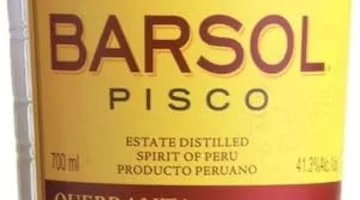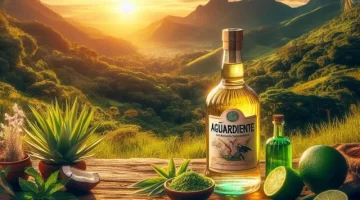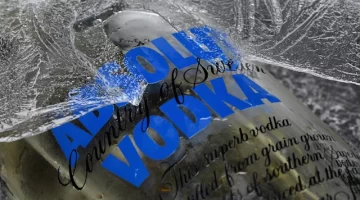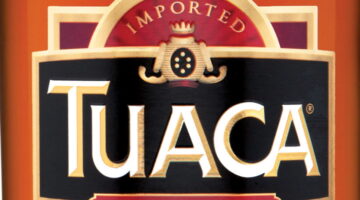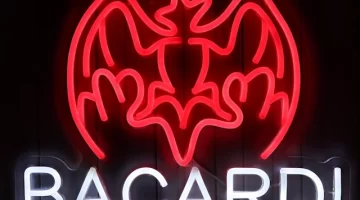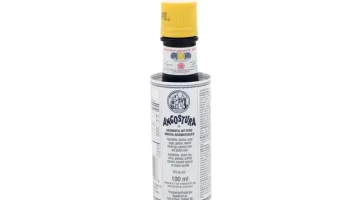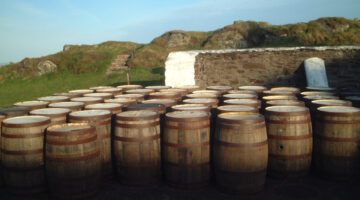Back Burn Texas Sotol
Desert Door from Texas make the only sotol produced in the USA and their new Conservation Series kicks off with Back Burn, a sotol made from charred desert spoon plants.
I’ve already told the fascinating story of how the Desert Door company came into being, and reviewed both their original sotol release and an oak-aged version. Their third sotol expression is the result of an unusual and worthy partnership between Desert Door, the Texas Parks and Wildlife Department, and the 7 Oaks Ranch.
Invasive Plants
Sotol is made from the desert spoon plant, a member of the asparagus family, which is native to parts of Mexico, New Mexico, and Texas. Texas, however, has problems with invasive plants taking over and restricting the growth and expansion of native species, though the desert spoon has managed to survive and indeed thrive – unfortunately a little too well for its own good.
Prescribed Fires
One way of dealing with the problem has been the use of prescribed or controlled fires, though it’s a practice that has been dying out. Philip and Wayne Walker live on the 7 Oaks Ranch near Ozona in Texas, which was originally their grandparents’ ranch. They noticed, over the years, a gradual change in the wildlife, the plant life, and the very nature of the soil of the ranch, which was becoming dry and compacted. Cedar trees were starting to monopolize the land, at the expense of several native varieties, and coyotes were no longer a common sight at the ranch.
The answer was to re-introduce the old practice of having prescribed fires, which naturally have to be very carefully managed. However, in order to control the invasive species there is also an impact on some of the native species, like the abundant desert spoon, also called the sotol plant. Some desert spoon plants ironically had to be destroyed in order to help the species to survive. Enter Desert Door, who wondered what it would be like to make a sotol from the charred cores of the desert spoon.
Back Burn Sotol
The result is Back Burn, the first in their planned Conservation Series of sotols, which will see the distillery and its customers giving back to the Texas land that provides them with the source of their chosen spirit.
The first thing to strike you about Back Burn is the amazing bottle, which is a work of art. The company’s first two sotols were in beautiful blue ceramic bottles with pop-off stoppers, but Back Burn takes a step sideways and has an opaque sand-colored bottle that not only reflects the color of the desert but its gritty nature too by way of the textured surface. Around the bottom is a representation of the Chisos Mountains in Texas, where the desert spoon grows abundantly, and the bottle is a credit to Desert Door’s in-house designer, Carolina Colantuoni, who succeeded in capturing the feel of the land which produces the sotol inside the bottle. I don’t usually say so much about a bottle but this one is quite special.
Tasting Back Burn Sotol
If you’re not familiar with sotol – and it’s not a common spirit – it’s subtly different from the two most popular spirits from Mexico, tequila and mezcal. Where tequila is made from blue agave, and mezcal from any other agave, sotol is distilled from the desert spoon plant, which is not an agave but a member – bizarrely – of the asparagus family. Don’t worry, though, as sotol doesn’t taste of asparagus and doesn’t make your wee smell.
Smelling Back Burn your nose picks up a mix of aromas. There’s a natural and earthy scent of grass, straw, and herbs. In typical sotol fashion Back Burn also provides a mix of sweet and sour, and there’s a smokiness from the charred plants, though it’s not as smoky as you might expect, and nothing like a smoky mezcal.
When you sip the sotol you’re immediately reminded that it’s 45% ABV, as it does pack a punch, but the fieriness subsides, as does the smoky taste, leaving behind more of the straw, herbs, and sweet/sour flavors. The finish is incredibly smooth, not something you can always say about tequilas and mezcals.
Sotol Cocktails
Desert Door has a couple of cocktail recipes for this Back Burn sotol. The first is How the Birch Tree Got Its Burns, which was a bit elaborate for me, involving making lemongrass agave and using rosemary salt.

Sotol and Tonic
The other sotol cocktail could not have been simpler, however, a straightforward Black Burn and Tonic, with a lime wedge. What surprised us, though, was the balance of the sotol with the tonic. If you make a gin or vodka and tonic and use 1/3 spirit and 2/3 tonic, you get a pretty strong long drink. Desert Door recommends 1/2 sotol and 1/2 tonic – and bear in mind this is a 45% ABV spirit!

I like my drinks strong, but even this sounded a bit much, and my wife doesn’t like them too strong, so I had to warn her what she was about to drink. But wow! For once we agreed. This was the best use of tonic since gin was invented. It’s one of the best cocktail combinations ever, and much as I like to keep special spirits for sipping neat, it’s going to be sotol and tonic all the way till that gorgeous bottle gives up its last drop. Those desert spoons did not die in vain.
More Information
This limited edition sotol costs $49.99 and a portion of the funds from each new Conservation Series release will help fund Desert Door’s next conservation project. Visit the Desert Door website to learn more, and to see a film about the dramatic prescribed fire process. You can also buy Desert Door’s original sotol on Drizly.
More Information
This limited edition sotol costs $49.99 and a portion of the funds from each new Conservation Series release will help fund Desert Door’s next conservation project. Visit the Desert Door website to learn more, and to see a film about the dramatic prescribed fire process. You can also buy Desert Door’s original sotol on Drizly.











